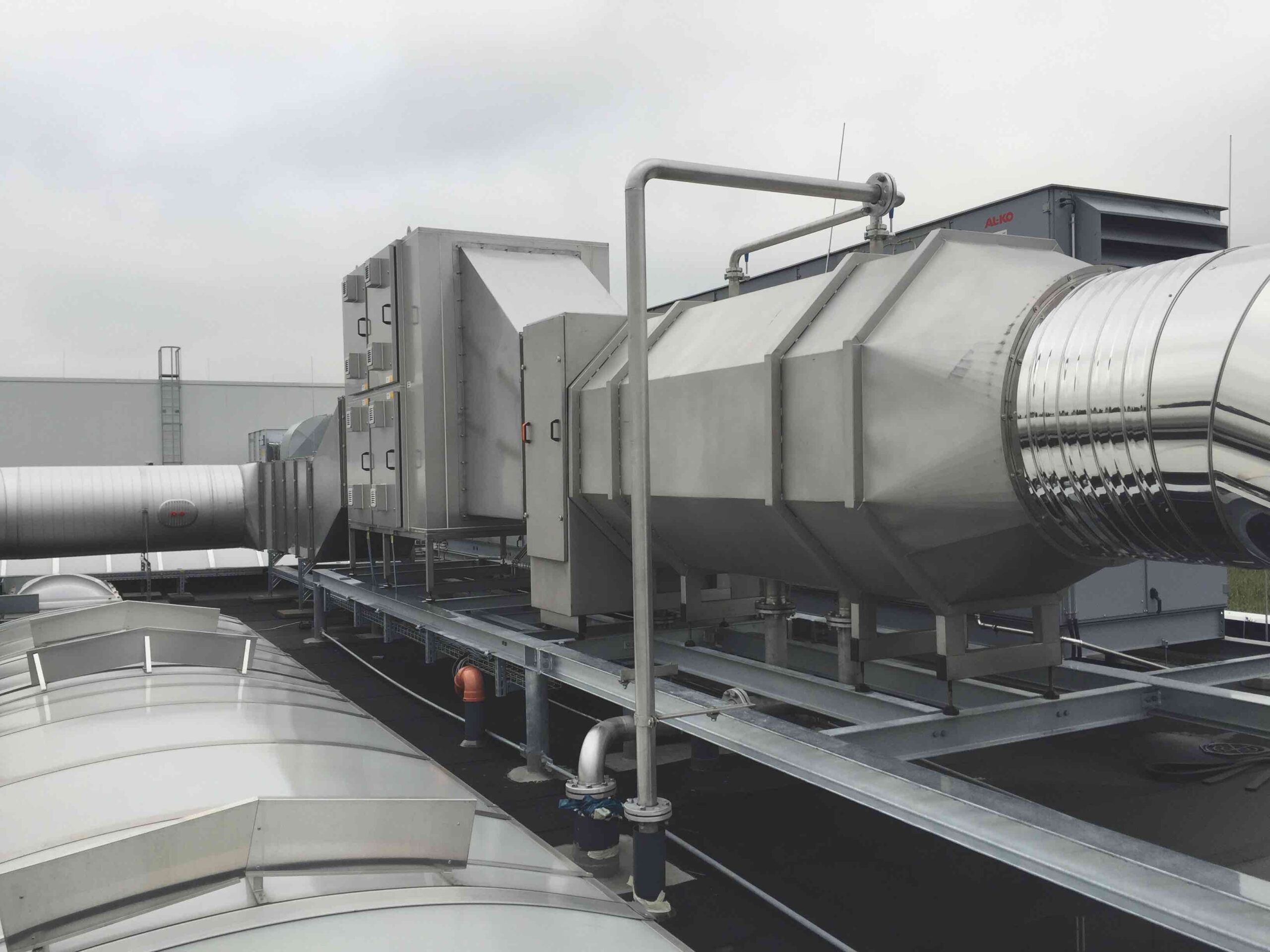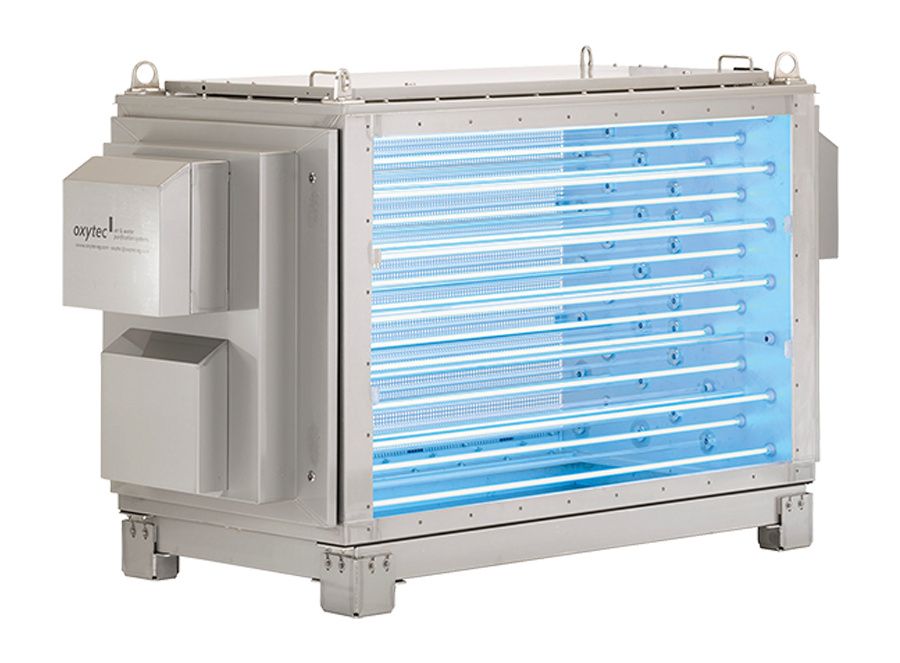CH₂O Formaldehyd
Formaldehyde is a gaseous, organic compound that also occurs very frequently in nature in low concentrations, e.g. in wood. Formaldehyde is colourless, smells pungent and is very soluble in water.
Formaldehyde is formed during incomplete combustion and other oxidations of carbon-containing material. Formaldehyde is also widely used in the chemical industry.
Formaldehyde is extremely toxic. Even at very low concentrations of 0.01 ppm, it can cause irritation of the agents. Its acidic, pungent odour is noticeable from 0.5 ppm, and then irritation of the mouth and nose can also be noticed.
At 30 ppm or more, one’s life is in danger because pulmonary oedema can form.
EU Regulation 1272/2008 (CLP-V), following an amendment of 5 June 2014 (EU 605/2014), stipulates that formaldehyde must be labelled as “Carcinogen 1B” as well as “Mutagen 2”. Formaldehyde is thus considered “probably carcinogenic” and is suspected of altering genetic material.
In food production, formaldehyde is produced in the exhaust air of coffee roasters and smokehouses.
In the chemical industry, formaldehyde is an important raw material and is used in the production of fertilisers, varnishes, paints, binders, adhesives, wood preservatives and many other products.
Formaldehyde is frequently found in wood production, such as MDF, OSB or chipboard, in the manufacture of laminate and in the production of furniture surfaces.
Formaldehyde is also used in textile finishing, e.g. for impregnation, and in paper recycling.
Formaldehyde is also found in cigarette smoke.
The TA-Luft currently provides for a formaldehyde limit value of 20 mg/m3.
However, the limit value is to be set significantly lower. The assumption is 5 mg/m3.
The TA-Luft provides for a formaldehyde limit value of 12.5 g/h in the mass flow.
The mass concentration must not exceed a formaldehyde limit of 5 mg/m³.
We neutralise formaldehyde in the exhaust air with a clean and environmentally friendly process that also detects other possible pollutants:
In a multi-stage cleaning section, the exhaust air is first cleaned of a large part of the formaldehyde load with a wet scrubber. A subsequent catalytic purification with UV ozone and a downstream activated carbon filter removes the last pollutants.


We need your consent before you can continue to visit our website. If you are under 16 and wish to give your consent to volunteer services, you must ask your parent or guardian for permission. We use cookies and other technologies on our website. Some of them are essential, while others help us to improve this website and your experience. Personal data may be processed (e.g. IP addresses), e.g. for personalised ads and content or ad and content measurement. For more information about how we use your data, please see our Privacy Policy. You can revoke or adjust your selection at any time under Settings.
If you are under 16 and wish to give your consent to volunteer services, you must ask your parent or guardian for permission. We use cookies and other technologies on our website. Some of them are essential, while others help us to improve this website and your experience. Personal data may be processed (e.g. IP addresses), e.g. for personalised ads and content or ad and content measurement. For more information about how we use your data, please see our Privacy Policy. Here you will find an overview of all cookies used. You can give your consent to entire categories or display further information and thus select only certain cookies.